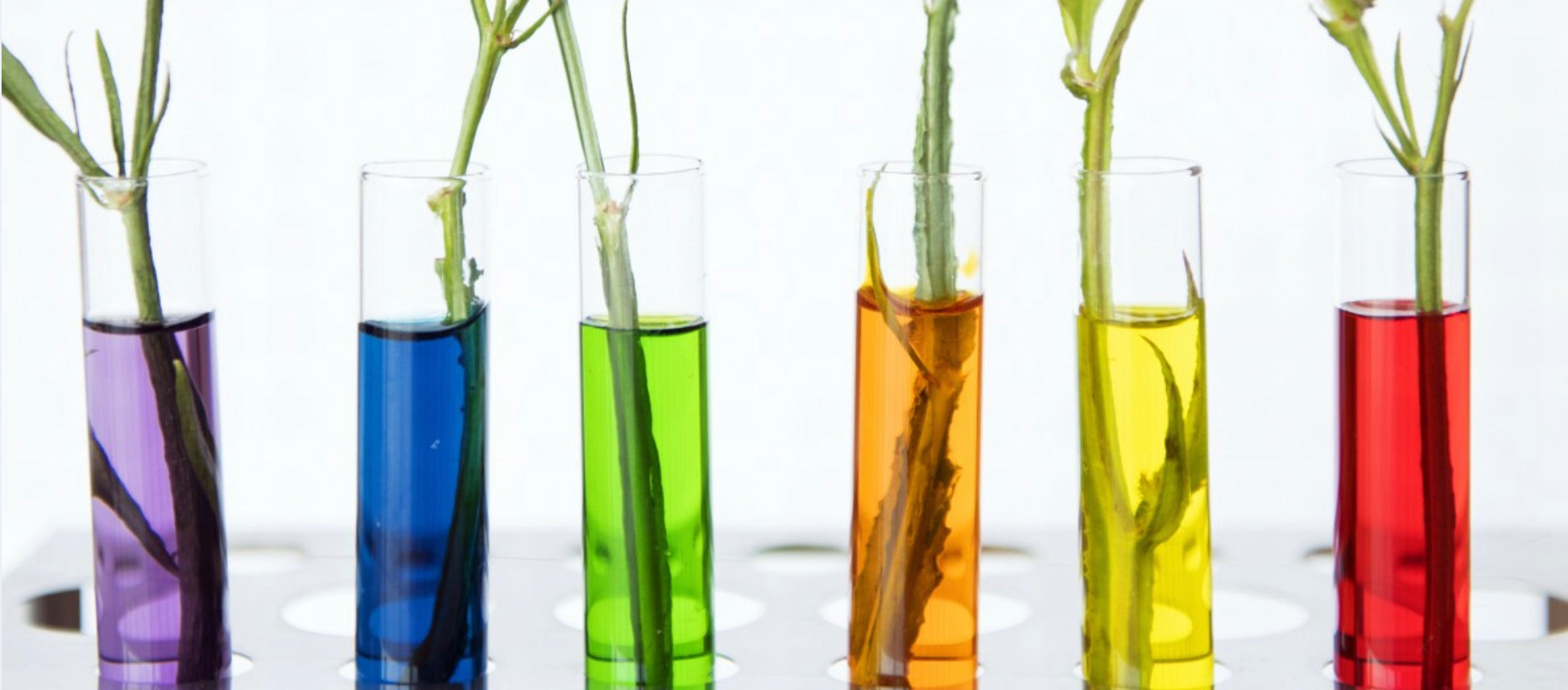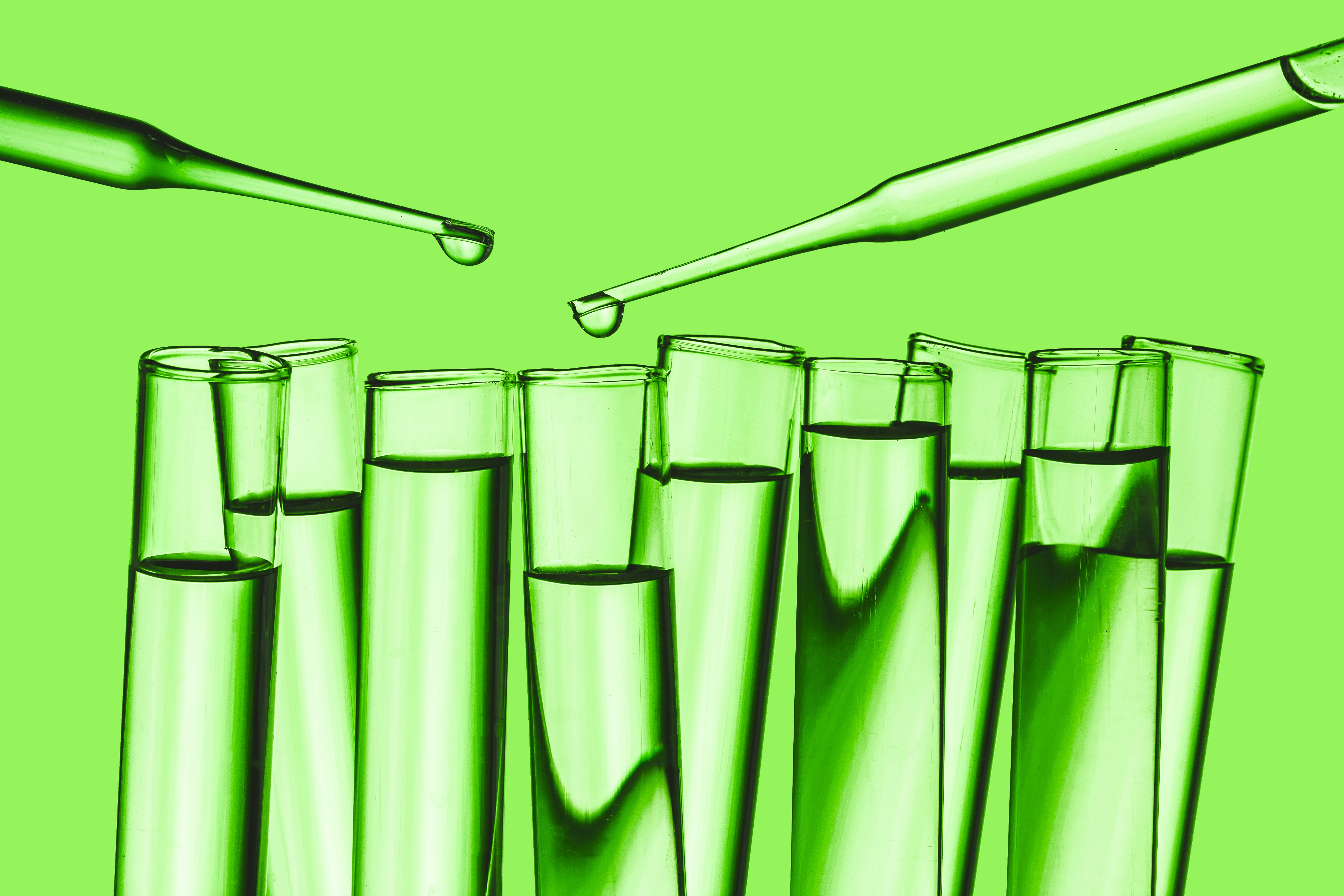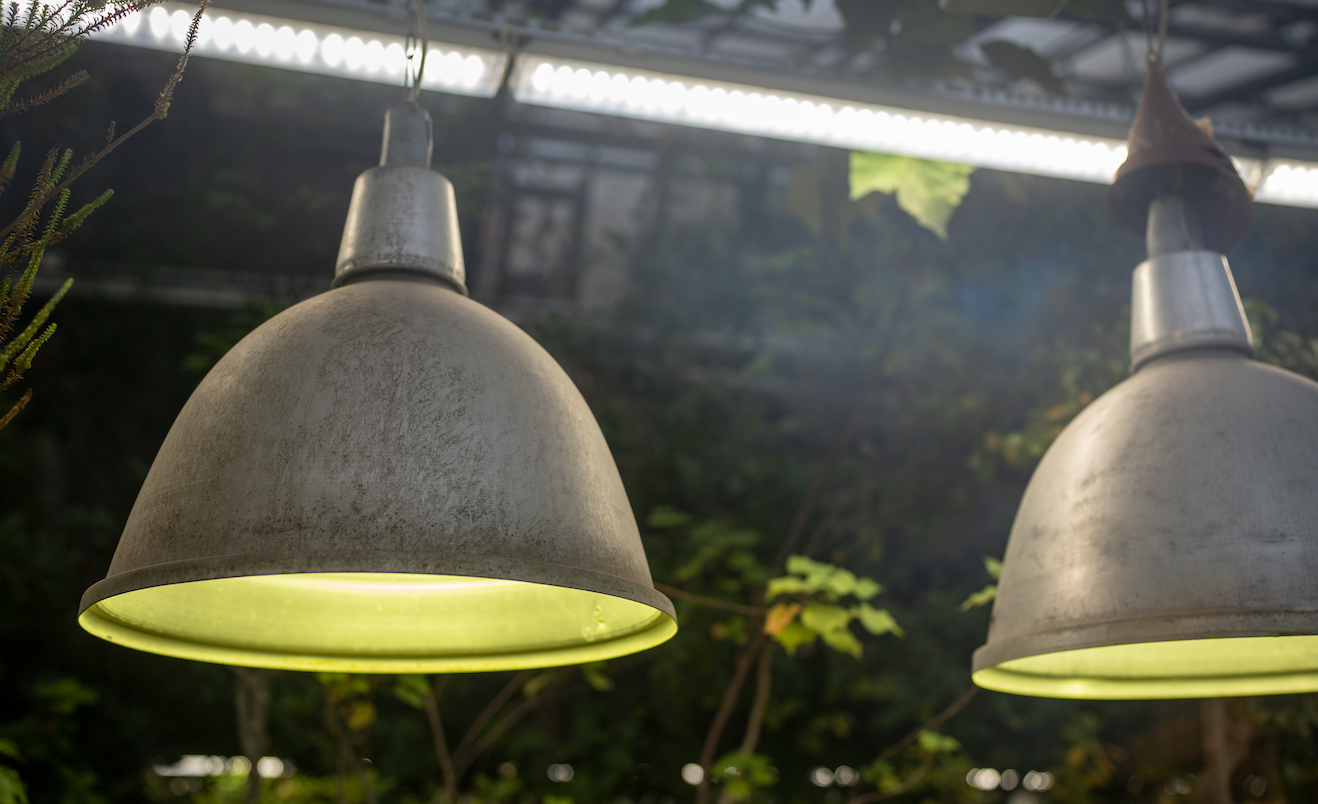What is a Ceramic Metal Halide Grow Light?

What is the Best Application for A Ceramic Metal Halide Grow Light Within Hydroponics?
If you’re looking to purchase metal halide (MH) grow lights for your hydroponic systems, it’s highly likely you’ve come across ceramic metal halide (CMH) grow lights, and you’re probably wondering what advantages and disadvantages they have compared to regular metal halide grow lights. In this article, we’ll take an in-depth look at ceramic metal halide grow lights, what advantages and disadvantages they have in comparison to regular metal halide grow lights, and whether getting ceramic metal halide grow lights could be a worthwhile investment for you.
Metal halide grow lights are a type of high-intensity discharge (HID) lighting. They have been around since the 60s and have proved to be a highly efficient type of grow light that is still a popular choice among hydroponic growers. MH bulbs contain a quartz tube filled with a noble gas. An arc of electricity is sparked between two electrodes inside the tube to produce light. As you’ve probably guessed from their name, MH bulbs contain metal halide. This gas burns with a cool blue/white light that is good for plants that have just finished sprouting and are now entering the growing or vegging stage.
MH grow lights are typically used in combination with high-pressure sodium (HPS) grow lights because plants need different spectrums of light at different growth stages, and MH and HPS grow lights produce different light spectrums. Plants that have just finished sprouting and are now entering the growing or vegging stage need blue/white light, and during flowering and fruiting stages, plants need more red light. As mentioned previously, MH grow lights produce a cool blue/white light, while HPS grow lights produce an orangey-red hue. You would typically use MH lights when your vegetables and fruits are starting to grow, and then you would switch to HPS lights when your plants start flowering.
Ceramic metal halide grow lights are a variation of MH grow lights with a small amount of high-pressure sodium (HPS) added into the mixture. They are also called light emitting ceramic (LEC). Ceramic metal halide grow lights use a ceramic arc tube similar to those used in HPS grow lights instead of the quartz tube used in regular metal halide grow lights. These ceramic arc tubes can operate at higher pressures than quartz glass tubes, which allows manufacturers to make more precise variations on the light spectrum than with regular MH grow lights.
The main advantage of ceramic metal halide grow lights is that they produce a more balanced spectrum that hits almost every sweet spot for your plants, and they’re also more energy efficient.
Another advantage of ceramic metal halide grow lights is that they are more resistant to breakdown, so they last a lot longer and don’t lose their efficiency as fast as regular MH or HPS bulbs. Ceramic metal halide grow lights typically last over 24,000 hours and keep at least 80% of their original intensity at the 20,000-hour mark, while regular MH grow lights have a lifespan between 6,000 and 15,000 hours.
Ceramic metal halide grow lights have a more natural color rendering index (CRI). CRI is a measure of how the color of a light source changes the appearance of objects to the human eyes and how well subtle variations in color shades are revealed. The higher the CRI, the more realistic things look. Ceramic metal halide grow lights generally have a CRI between 80 and 96. The sun is rated at 100 CRI. This means that ceramic metal halide grow lights will let you see the true color of your plants without making your grow room look blue, purple, or yellow, which can help you detect any signs of pests and diseases on your plants.
Ceramic metal halide grow lights also provide ultra violet (UV) radiation, and even though it’s invisible to the human eye, it is beneficial to plant growth and development. They produce UV-A, UV-B, and UV-C Light, but UV-C is generally harmful to the human eyes. Most manufacturers use a glass filter to block the UV-C output while leaving UV-A and UV-B output intact. It should be noted that all grow lights produce some amount of UV radiation, but ceramic metal halide grow lights generally produce more UV rays that can help plants’ growth and development.

The main disadvantage of ceramic metal halide grow lights is their higher cost compared to regular MH grow lights. They can cost up to twice the price of comparable MH grow lights, but keep in mind that they are more energy efficient and will last much longer than regular MH grow lights.
I’ve used both regular and ceramic metal halide grow lights for my hydroponic systems, and in my experience, ceramic metal halide grow lights are a worthwhile investment. If you’re just starting out with hydroponics and you don’t want to spend a lot of money on equipment because you’re not sure if it’s something you’d like to do in the long run, you can start off with regular MH grow lights, and they will give you awesome harvests. Later on, when you know hydroponics fits your lifestyle and that it’s something want to keep on doing, you can upgrade to ceramic metal halide grow lights.
For more great content check out the Proponics YouTube channel below!

By Max Barnes
Max Barnes is a long-time homesteader and author. Max grows the majority of his own food year-round using a variety of different methods, including hydroponics. Hydroponic gardening plays a huge part in his homestead and self-sufficiency goals.




